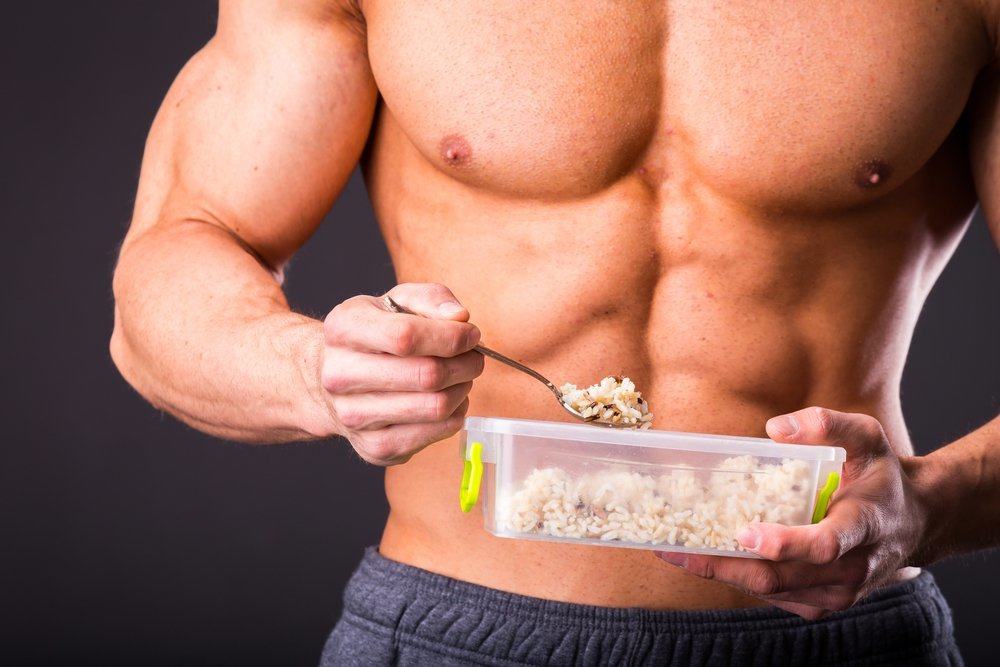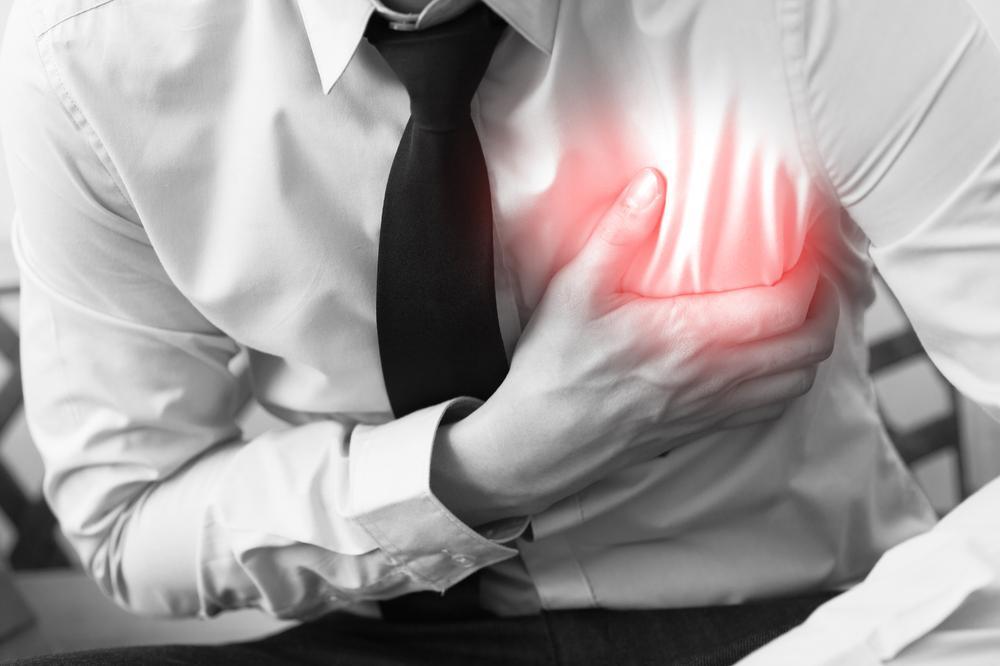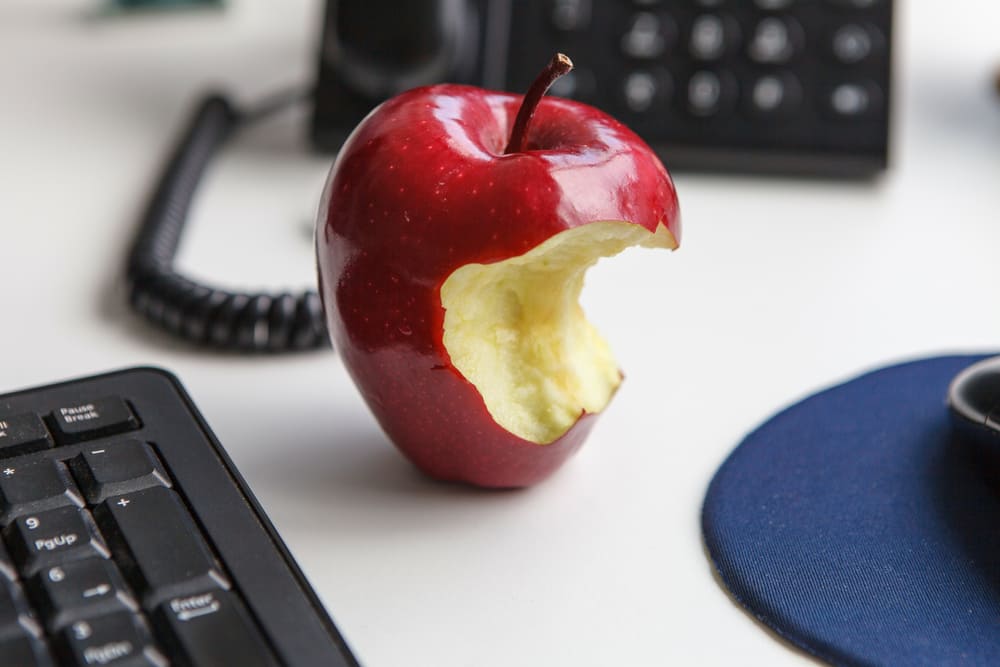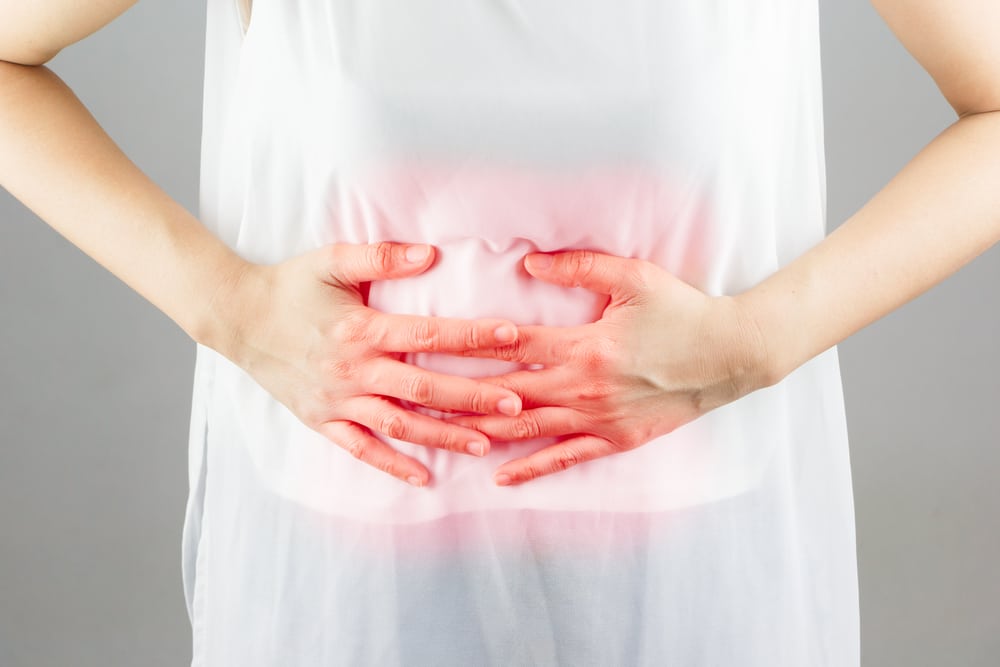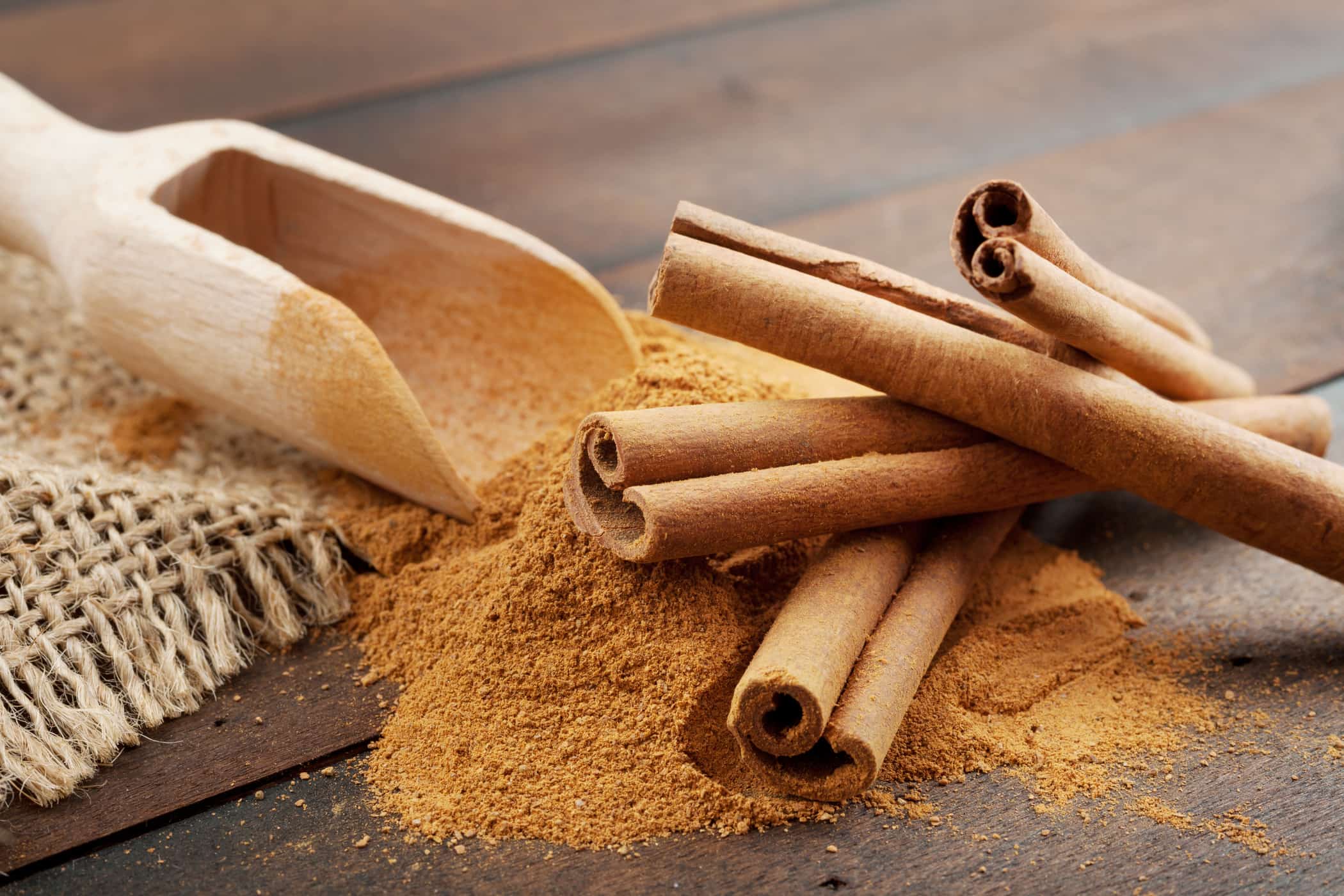Contents:
- Medical Video: 5 Tips To Avoid Muscle Loss
- What are the consequences if we reduce muscle tone?
- How to prevent and minimize loss of muscle mass?
- 1. Consumption of protein at each meal
- 2. Don't miss the consumption of vegetables and fruit
- 3. Increase exercise intensity
- 4. Meet the needs of relaxation and sleep
- 5. Avoid alcohol consumption
- 6. Implement a low-sugar diet
Medical Video: 5 Tips To Avoid Muscle Loss
Skeletal muscle is a constituent component of the body that is very important for daily activities. Decreased muscle function is generally caused by loss of muscle mass (atrophy), as happened in the case sarcopenia in elderly individuals. But muscle contraction can also be experienced by adults so that the impact of loss of muscle mass can occur earlier.
What are the consequences if we reduce muscle tone?
Skeletal muscles are the main limbs that actively move the skeleton of the body, so that large or small muscle mass will affect the energy produced for individuals doing activities. Adequate muscle mass is also needed to maintain body balance by maintaining individual body posture.
The loss of muscle mass in the long run will cause an individual's body to be out of balance, this is indicated by the presence of body parts that are too small, especially in the leg muscles that are not strong enough to support body weight. In a shorter time, someone who loses muscle mass will also often feel weak and more prone to fatigue.
Decrease in muscle mass generally occurs after individuals enter their 30s or 40s, but lifestyle has a considerable role in triggering smaller muscles, such as habits of physical activity and eating patterns.
How to prevent and minimize loss of muscle mass?
Here are some ways to maintain muscle mass and minimize loss of muscle mass.
1. Consumption of protein at each meal
Proteins are known as nutritional substances that play a role in regenerating damaged cells, including muscle cells. But did you know if the time consumed will affect the benefits of protein itself?
One study by Paddon-Jones was published on The Journal of Nutrition shows that individuals who consume 90 grams of protein sources evenly every three times a meal have better muscle growth, compared to individuals who consume 90 grams of higher protein sources at one time or only at dinner.
This shows that meeting protein needs according to the right time is more effective than fulfilling protein requirements based on the amount alone. In addition, animal and vegetable protein types can also be consumed alternately. But don't miss the consumption of essential amino acids found in animal-sourced foods.
2. Don't miss the consumption of vegetables and fruit
Besides nutrition for regenerating muscle cells, the body also needs nutrients to maintain health and muscle mass. It is found in green vegetables and brightly colored fruit because it is rich in minerals such as potassium and magnesium which are needed to maintain muscle mass. In addition, vegetables and fruits also have antioxidants that can protect muscle fibers from the effects of free radicals.
3. Increase exercise intensity
Along with the increase in period and muscle strength, progress or development of intensity in exercise is needed to maintain muscle mass. This is because the muscles will only respond to a heavier training load to develop, whereas a lighter intensity to stop exercising will reduce muscle mass.
If you've been exercising regularly, try exercising endurance, which starts focusing on specific muscles, such as the legs, waist, abdomen, chest and shoulders. Then increase the frequency and intensity of the exercise slowly.
4. Meet the needs of relaxation and sleep
Relaxation or resting time is needed especially after you have finished your activities and exercising. This is because by resting the muscles it will give the muscles time to regenerate and grow optimally. While enough sleep time or about seven hours for adults the body needs to produce growth hormone which also plays a role in maintaining muscle mass.
5. Avoid alcohol consumption
Alcohol consumption can have an impact on the process of muscle recovery after activity or exercise. According to Matthew Barnes, Ph.D from Massey University in New Zealand (as reported by the Prevention website) alcohol can interfere with the production of new muscle proteins and can also affect the process of repairing and strengthening muscle fibers.
6. Implement a low-sugar diet
A high-sugar diet is one of the causes of an increase in blood sugar levels and causes insulin resistance or insulin receptor restriction. When the lack of sugar or glucose is absorbed, the body becomes deficient in amino acids and glucose so that to meet their needs there is a catabolism of muscle cells which is the storage of protein and glucose glucose as a result of this decreasing or losing muscle mass.
Therefore, avoid consuming liquid sugar or added sugar from processed foods too often. Instead, choose healthier carbohydrate sources such as whole wheat and prioritize consumption of fresh fruit than preserved fruit.

